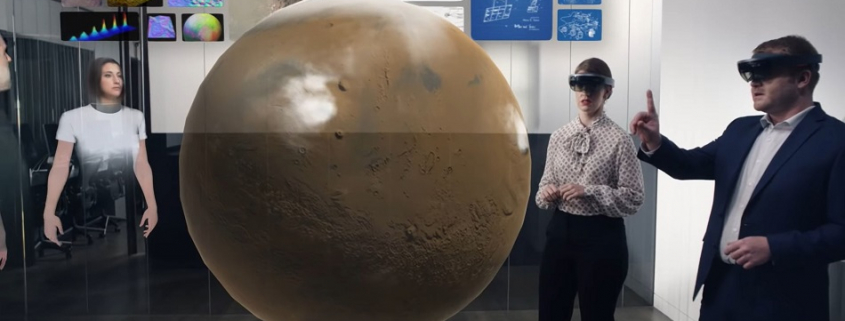In the future of work our avatars will collaborate in virtual worlds
Whlie virtual reality is currently solidly in the trough of disillusionment, it has always been evident that in the long term entertainment and interaction in virtual worlds will become commonplace.
What has not been as evident to many is that much of that remote interaction will be between avatars of ourselves, with realistic representations of us conversing and engaging with others.
The boom and subsequent bust of Second Life (though as recently as 2018 it still claimed 800,000 monthly active users) showed that there was at very least intrigue at the idea of avatar-based worlds, even with what we would now consider very basic technology.
Virtual worlds for work
However the real potential of avatar-based virtual worlds likely lies in the world of work.
High Fidelity, the subsequent venture of Second Life founder Philip Rosedale, recently closed down its virtual social network and will now focus on providing virtual office spaces.
Then a few days ago Spatial, which offers a “holographic” collaboration platform in which team members work together in virtual spaces using AR headsets, raised an additional $14 million, with existing clients including Mattel, Nestle and BNP Paribas.
Watch the video below for a taster.
I have long believed that it is inevitable that we will collaborate with each others’ avatars in virtual spaces.
Two decades ago I imagined an investment bank trading room which was entirely virtual, traders sitting (or standing and shouting) wherever they were in the world, but appearing and interacting in the one virtual space.
Only now are we getting closer to having the technology to make this a reality.
Mapping expressions to avatars
One of the great successes of the now-defunct High Fidelity virtual world was using computer cameras to map facial expressions and gestures onto avatars, making them massively more realistic than the static avatars of Second Life.
However the biggest single challenge is that people need to wear VR or AR glasses to participate in virtual spaces, which masks their facial features.
Companies including Facebook are trying to address this with solutions including cameras inside VR headsets, which can for example show whether people are ‘smiling with their eyes’ and not just their mouth.
Moving to a world of virtual collaboration
The advent of comfortable, good-looking glasses with AR functionality will be a massive enabler of virtual collaboration, making it easy to see remote colleagues in the same room that you are in, as Spatial is doing.
The quality of body and face mapping appears to be improving rapidly, but will need to progress further.
Over the long term, as in 10-20 years, we could get to where it is hard to distinguish seeing someone in person and in a virtual world.
Well before that one of the major obstacles will be people’s comfort with working in virtual spaces. It took a while until video conferencing became standard practice in many organizations. It will likely be longer until it seems entirely normal to have work discussions in a virtual world.
One advantage of working in virtual spaces is that you can make your avatar look however you like, so you don’t need to be concerned about your hair, clothes, make up, or how haggard you may look. This might make virtual collaboration more attractive to many, though in a work context the more wacky avatars that were seen in Second Life are less likely to be used. Particularly in a work context, people will want to feel that they are interacting with a person, not something cartoon-ish.
How long will it take for collaboration in virtual worlds to flourish?
The journey is already well under way, with High Fidelity’s pivot, Spatial’s growth, many other players emerging such as Mann Made, and consumer VR social networks looking intently into corporate applications.
It is most likely to be a fairly long path from here, even taking into account that Second Life was founded in 2003. Progress will be relatively slow, with over time and amid scepticism, technological advances, innovative companies experimenting with and adopting collaboration in virtual worlds, and proven results taking us forward.
Then at some point we will find it commonplace and everyday to be working and collaborating with colleagues around the world in virtual spaces. Bring it on.



